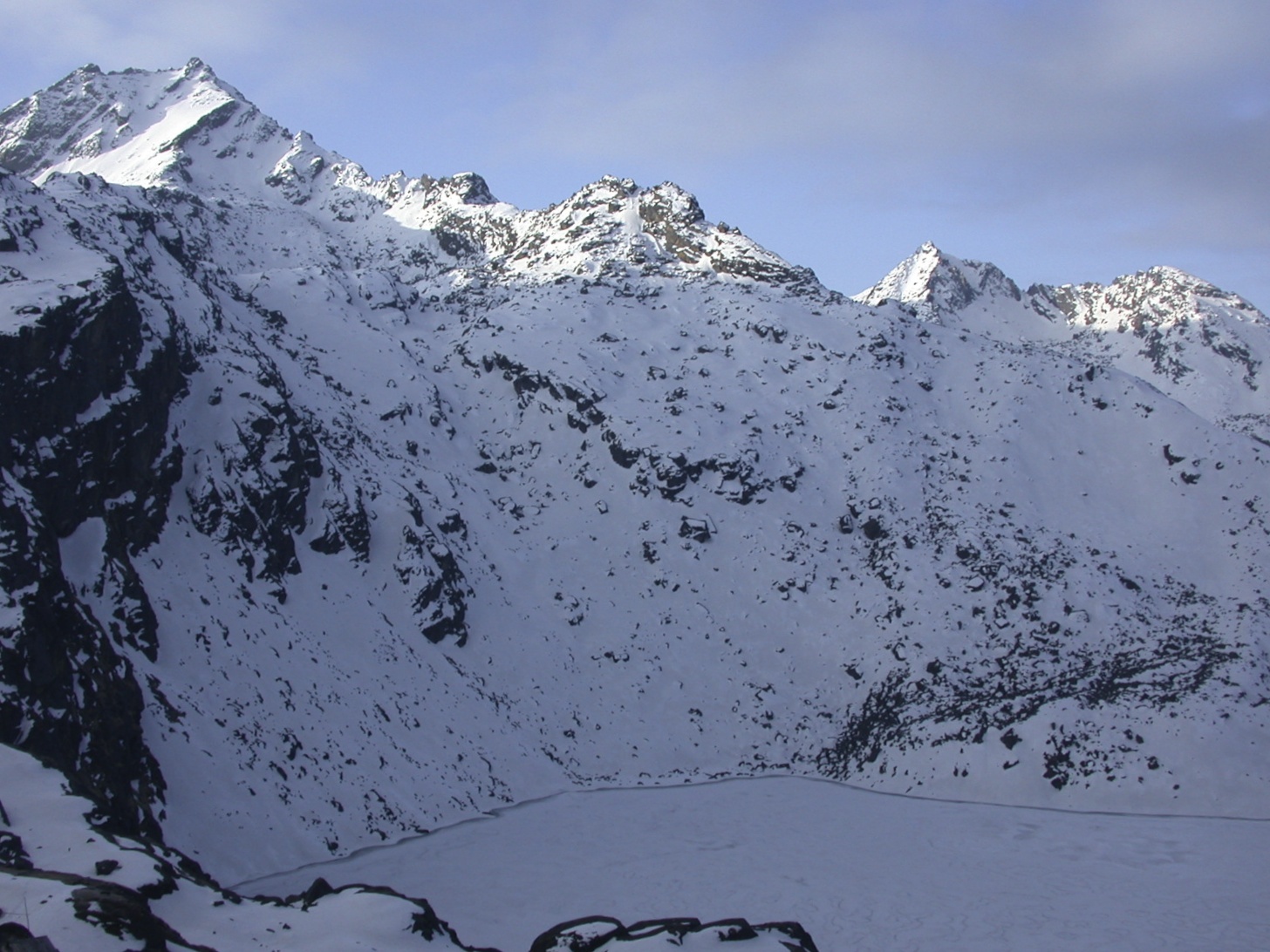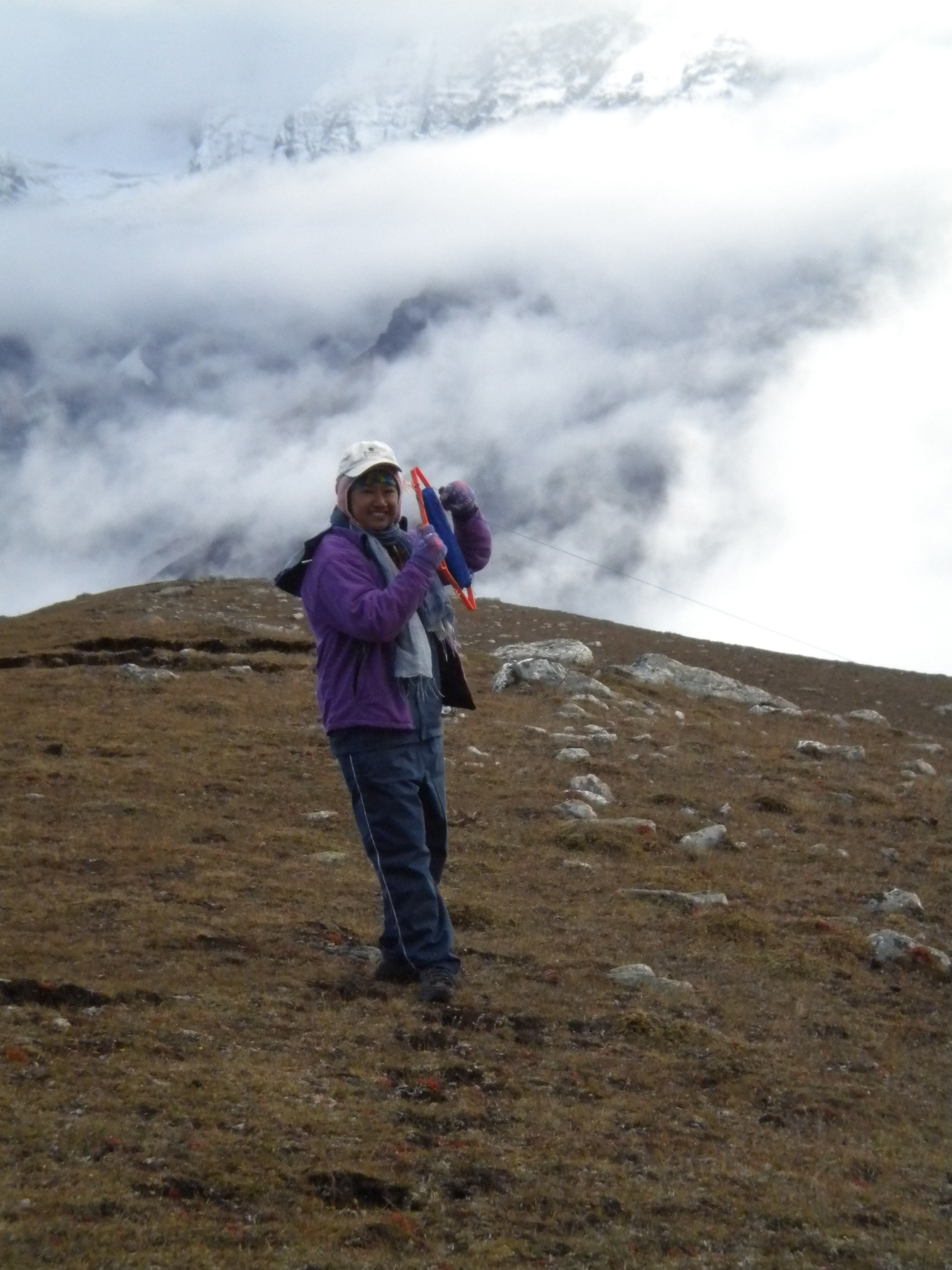 Lead Researchers:
Lead Researchers:
Dr. Robbie Hart - William L. Brown Center
Dr. Jan Salick - William L. Brown Center
Dr. Suresh Ghimire - Tribhuvan University
Nepal is no exception to the biological and cultural diversity of the Himalayan region. This diversity is structured not only over the steep north-south elevational gradient, but also over an east-west gradient of precipitation, with eastern Nepal receiving ten times more monsoon rainfall than western Nepal. The country’s diverse indigenous groups speak 120 languages, and an estimated native 2000 plants are in common use as medicines, foods, fodder, religious purposes, etc. Especially in mountain communities, these useful plants are vital, in some areas collected by virtually all households, and providing half of the household income.

Working with partners at Tribhuvan University (Kathmandu) and Florida Atlantic University, WLBC researchers work across Nepal to document ethnobotanical systems and record how they change in response to changing climate and changing lifeways.
With historical baselines drawn from herbarium specimens and traditional pharmacopeia, a comprehensive picture of contemporary patterns through documentation of plant diversity, plant biochemical compounds and plant uses across elevational gradients, and forward-looking long-term monitoring plots, WLBC researchers are able to make recommendations for the sustainable management of plant resources, indigenous knowledge and livelihoods.